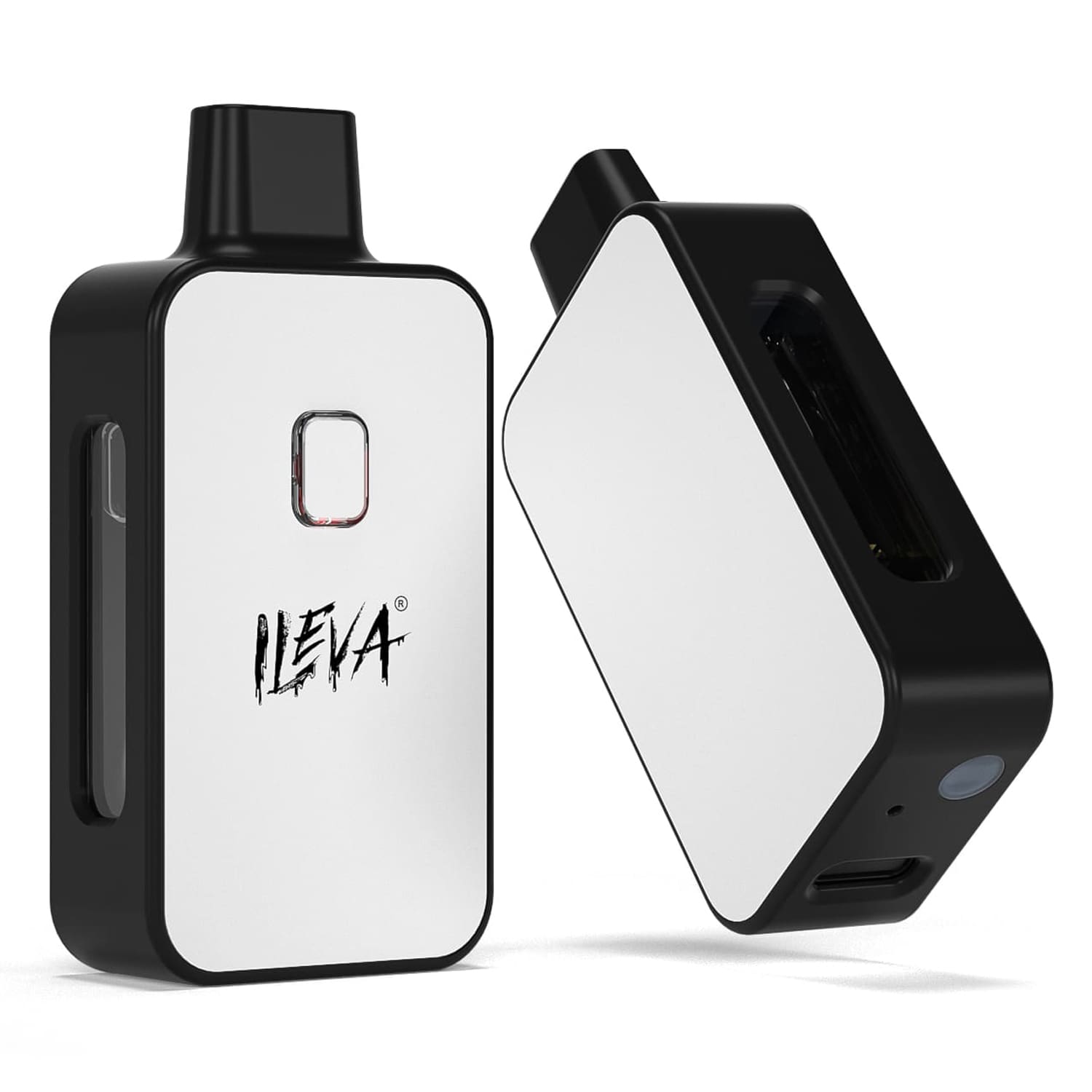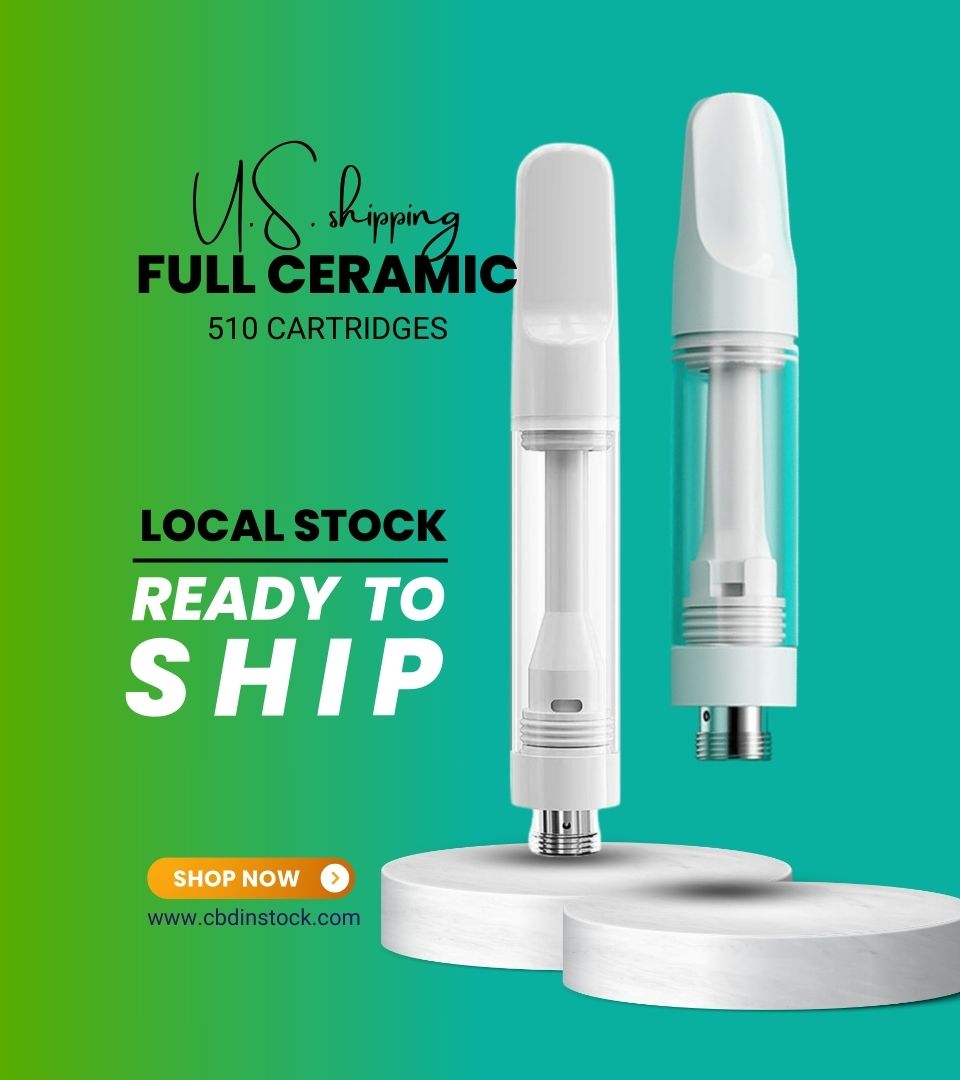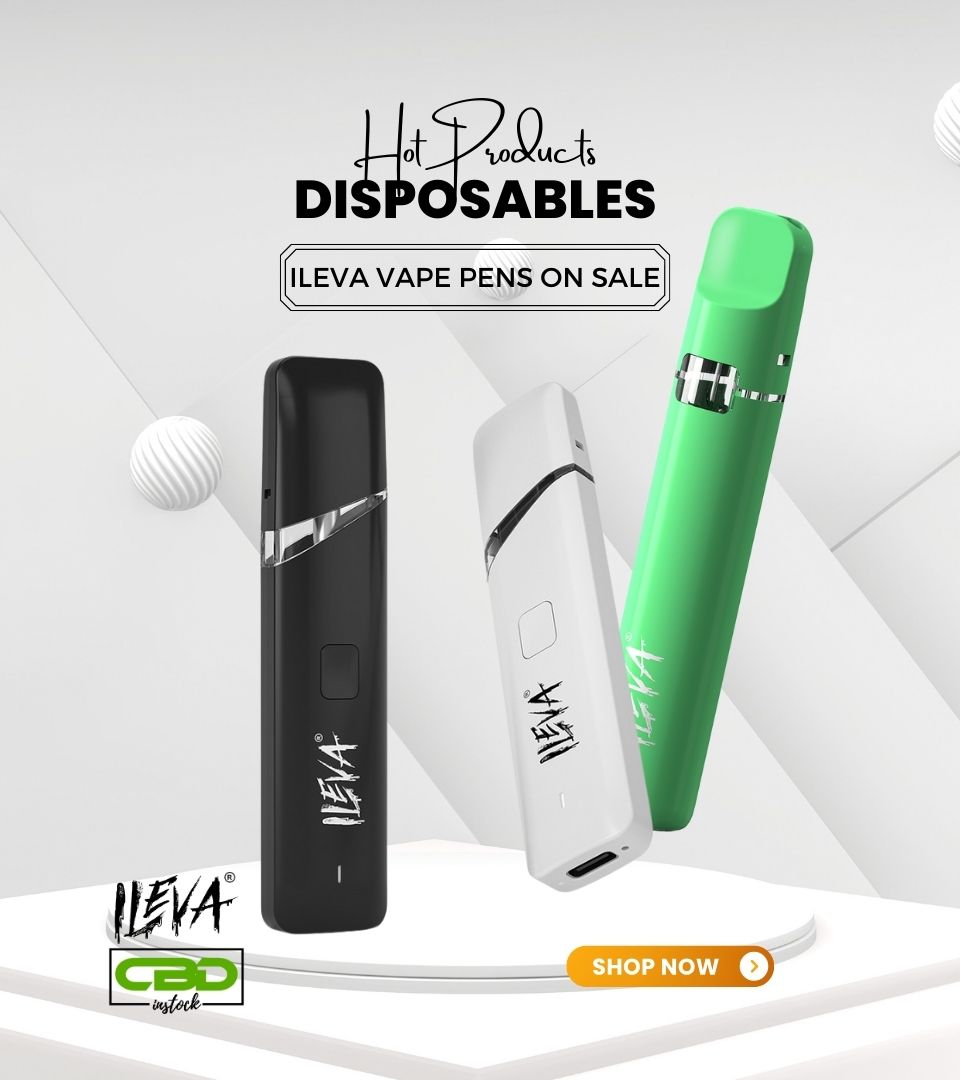

Introduction: The quality of the vape oil you enjoy greatly depends on the extraction method used to create it. Extraction is the process of separating the desirable compounds, such as cannabinoids and terpenes, from the cannabis plant to produce concentrated vape oils. There are several extraction methods, each with its own advantages and considerations. In this comprehensive guide, we’ll explore the various extraction methods for vape oils, helping you understand their differences and make informed choices for a satisfying vaping experience.
Common Extraction Methods:
1. Solvent-Based Extraction:
- Overview: Solvent-based extraction methods involve the use of chemical solvents like butane, propane, or ethanol to dissolve and extract cannabinoids and terpenes from the plant material.
- Pros: These methods are highly efficient at extracting a wide range of compounds.
- Cons: Residual solvents can remain in the final product if not properly purged, potentially posing health risks.
2. CO2 Extraction:
- Overview: CO2 extraction uses carbon dioxide in a supercritical state to extract cannabinoids and terpenes. It’s a clean and precise method.
- Pros: CO2 extraction yields high-quality vape oils without residual solvents and allows for precise control over the extraction process.
- Cons: It requires specialized equipment and can be more costly.
3. Rosin Pressing:
- Overview: Rosin pressing involves applying heat and pressure to cannabis flower or hash to extract concentrates. It’s a solventless method.
- Pros: It’s chemical-free, preserving the natural flavor and aroma of the plant.
- Cons: Yield may be lower compared to other methods.
4. Hydrocarbon Extraction:
- Overview: Similar to solvent-based extraction, hydrocarbon methods use hydrocarbons like propane and butane. They are popular in the production of cannabis concentrates.
- Pros: These methods are efficient and can produce high-quality extracts when properly purged.
- Cons: Like other solvent-based methods, they carry the risk of residual solvents if not carefully executed.
Choosing the Right Extraction Method:
– Quality vs. Convenience: Consider your priorities. If purity and quality are paramount, CO2 or rosin pressing may be preferable. If convenience and cost-effectiveness matter more, solvent-based or hydrocarbon methods may be suitable.
– Safety: Ensure that the extraction process adheres to safety standards and includes proper solvent purging to minimize health risks.
– Transparency: Look for vape oil brands that provide information about their extraction methods and third-party testing results for purity and potency.
Conclusion:
Understanding the different extraction methods for vape oils empowers you to make informed choices when selecting your disposable vape pens products. Whether you prioritize purity, flavor, or cost-effectiveness, there’s an extraction method that aligns with your preferences. By considering safety, transparency, and the qualities you seek in your vape oils, you can enjoy a satisfying vaping experience while knowing you’re consuming a product that meets your standards.
For more insights into the world of vaping, extraction methods, and other related topics, stay connected to our blog. Empower yourself with knowledge to enhance your vaping journey.
Recent Posts



Exploring the Unique Benefits of Delta-9 THCP: The Future of Vaping

Vape Vision: Your Ultimate Source for the Best Vape News
Don't miss the deals
Don’t miss out on our exclusive deals! Subscribe now to get the latest promotions and special offers delivered straight to your inbox. Stay ahead and save big on your favorite products. Subscribe today and never miss a deal again!
NEWSLETTER
Signup & Don't Miss Out
Sign up now and stay in the loop! Don’t miss out any on exclusive discounts, exciting new product launches, and special promotions. Subscribe today to be the first to know and take advantage of our latest offers! Free samples may apply!!!





